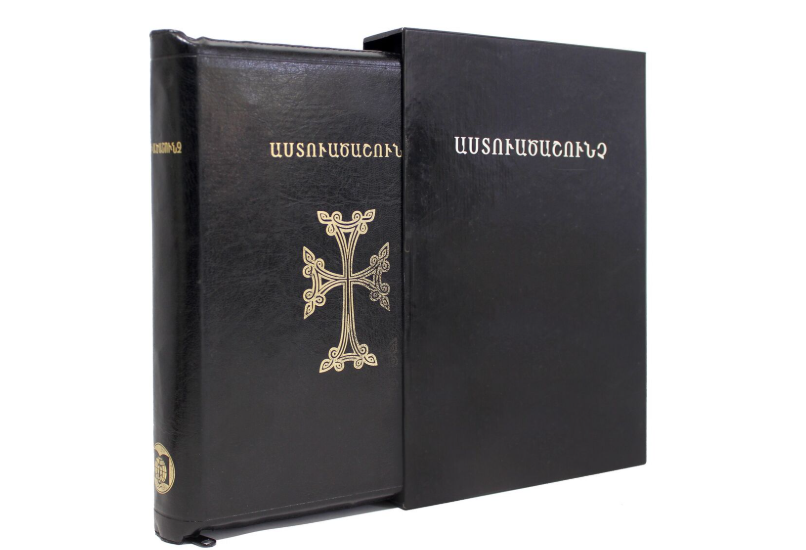
St. Leon Church "Sound of Children" Summer Camp Click Here to lean more

The Bible was heard in Armenia through the preaching of Sts. Thaddeus and Bartholomew. In the year A.D. 301, when St. Gregory the Parthian succeeded in converting the King of Armenia, Drtad the Third, Christianity became the official religion of Armenia and the first to accept Christianity as state religion. Immediately groups of missionaries were sent all over Armenia to teach and baptize the Armenians. One major obstacle was the absence of an Armenian version of the Bible, because Armenians did not have their own alphabet. The Greek and Syriac versions of the Bible that the evangelizers brought with them were used and local priests translated the specific texts into Armenian orally.
After the invention of the Armenian alphabet, St. Mesrob Mashdots and his team of monks spearheaded an aggressive evangelical movement to translate not only the books of the Bible, but also the commentaries about them. Within a few decades a library of Armenian literature was created.
The earliest accounts of the Armenian translation of the Bible are recorded in the writings of the fifth century historians Goriun, Movses Khorenatsi and Ghazar Parbetsi, who confirm that the translation of the Bible into Armenian went through two phases. The fi rst was initiated by St. Mashdots immediately after the invention of the Armenian alphabet (A.D. 405). The translation process from Syriac began with the Book of Proverbs and was concluded in the capital city of Vagharshabad in Armenia, with the support of the reigning Catholicos Sahag the First.
The Council of Ephesus (A.D. 431) marks the beginning of the second phase of the translation, which continued for several years. Catholicos Sahag and St. Mashdots had already sent several of their disciples to participate in the Council of Ephesus (A.D. 431) who returned to Armenia with “reliable copies” of the books of the Bible.
The fifth century translation started a wave of copying the Bible. Monasteries, dioceses and royal palaces had their own scriptoriums. Hundreds of thousands of copies were made in the various towns and villages of Armenia. In one city alone, Siunik, for example, there were more than 10,000 copies in the 12th century, when the city was ransacked by the invading armies and all the manuscripts were burnt.
The Armenian translation of the Bible, in addition to being one of the earliest into a non-biblical language, was also one of the most accurate. Many non-Armenian scholars admiring its beauty and accuracy have considered it the “Queen of Translations.” The Armenian Church observes officially the translation of the Bible every year in October.